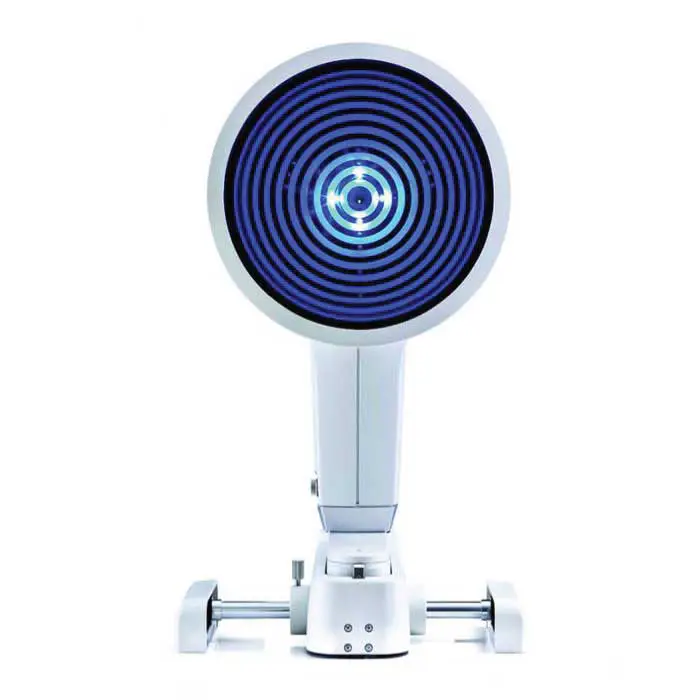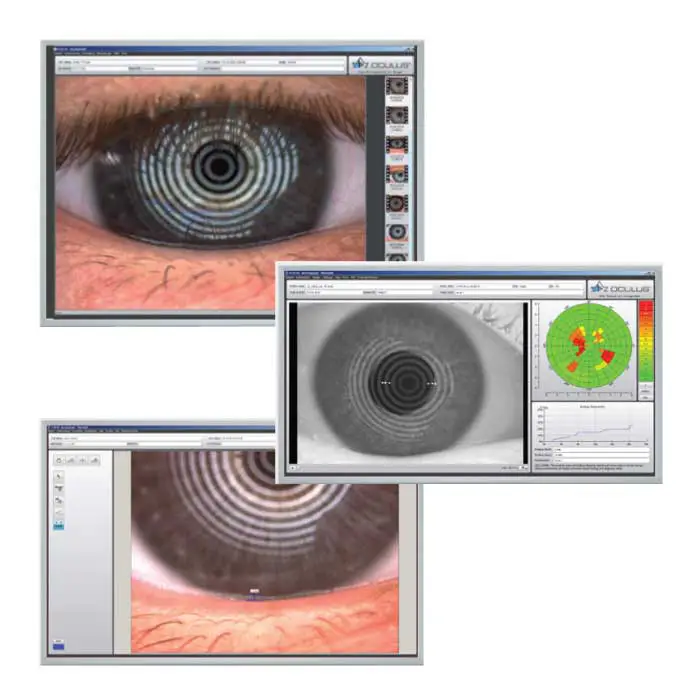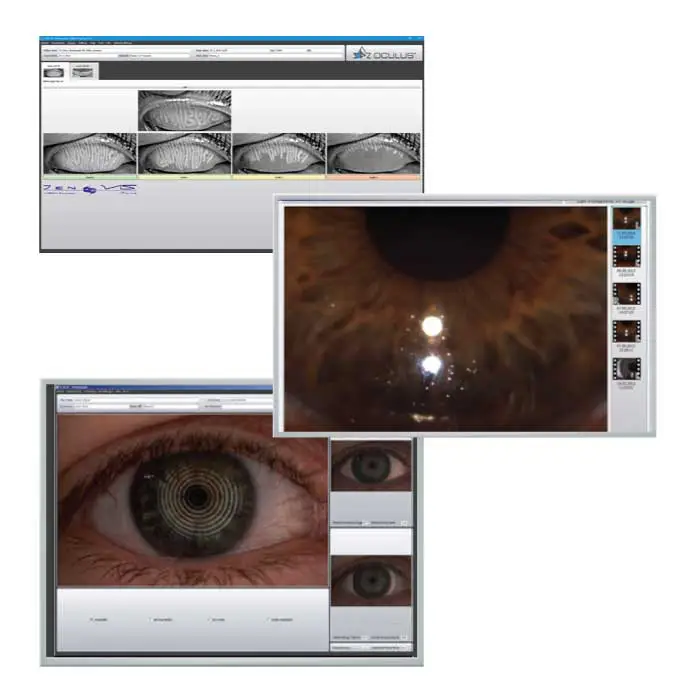
See Relief With Dry Eye Treatment
Dry eyes occur when the eyes do not produce sufficient tears or when tears evaporate too quickly. Approximately 30% of Canadians experience ocular symptoms associated with dry eye. These symptoms include stinging or burning eyes, scratchiness, pain, or redness. Oddly, one symptom of dry eye syndrome can be excessive tear production, which results in tears rolling down their face. Our Edmonton optometrists are uniquely skilled and equipped with the technologies to diagnose and treat dry eyes. See relief today contacting our eye doctors today!
Schedule An Exam Our Optometrists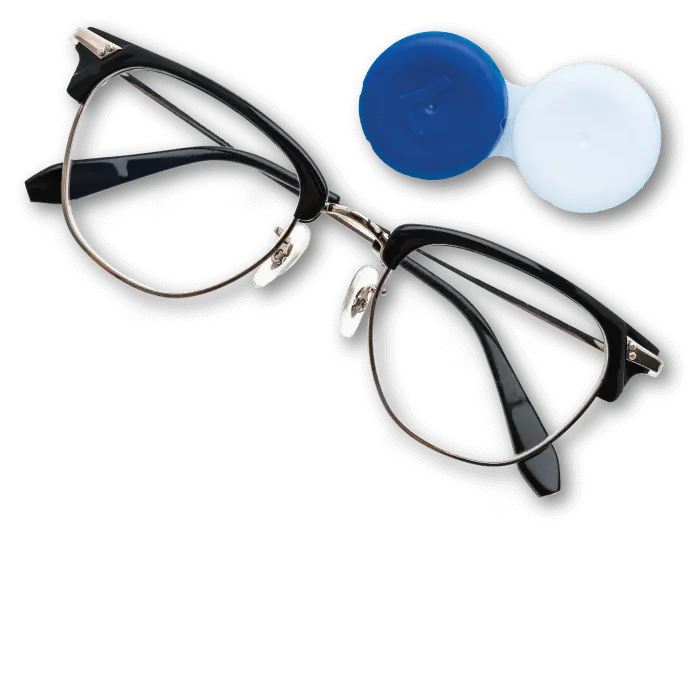
(780) 473-6123
Dry Eye Treament In Edmonton.
What Are The Main Causes Of Dry Eye?
Dry eye symptoms occur when the eye's tear film is compromised. A thin film of liquid covers the surface of the eye. This thin film, called the tear film, provides lubrication to the exterior part of the eye and facilitates blinking. As the eye surface begins to dry, dry spots can develop within the tear film and expose the nerves of the cornea to the motion of the eyelid during blinking, resulting in an irritating sensation. Throughout the day, the average person blinks more than 11,500 times. For people with dry eyes, each blink can irritate and can even be painful. Causes of dry eye symptoms include:
- Environment. Dry, windy, over-heated, over-cooled, or smoky air.
- Medications. Many medications (e.g., antihistamines, decongestants, antidepressants, sleeping pills, diuretics, heartburn medicines) result in dry eyes.
- Ageing. Individuals produce fewer tears as they age.
- Systemic Disorders. Many autoimmune diseases result in dry eye symptoms.
- Skin Inflamation. Rosacea and blepharitis.
- Computer Vision Syndrom. The tendency to blink less when looking at screens.
- Laser Eye Surgery. Surgery can affect blinking and tear film production.
- Gender. Dry eye symptoms are more prevalent amongst females.
- Contact Lenses. Soft and hard contact lens wear increases the likelihood of dry eyes.
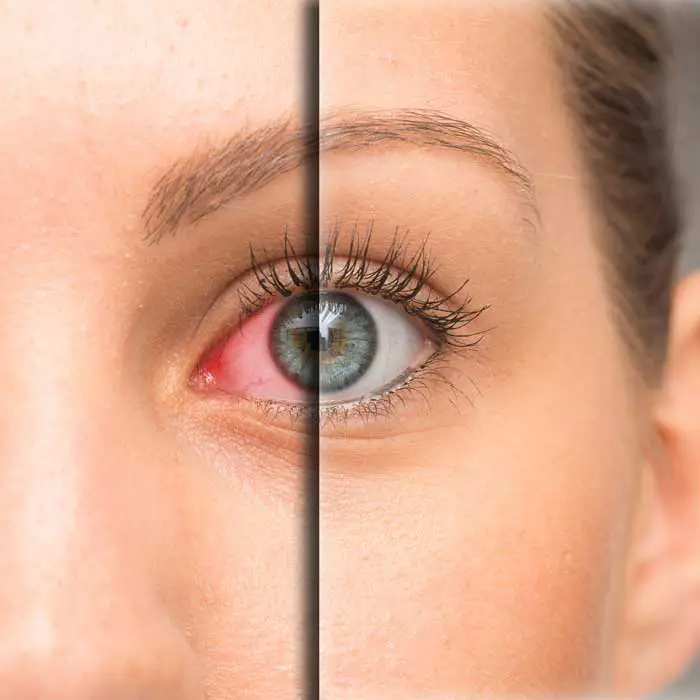
Edmonton Dry Eye Clinic.
Dry Eye: Tear Film Composition
Tears play an essential role in keeping us healthy. Tears keep the surface of our eyeballs clean and moist and help protect our eyes from damage. Although they may appear to be nothing more than water, our tears are quite complex. Tears are a combination of mucus, water, and oil, and each component plays a role in eye function and eye health.
- Mucus. Mucus coats the surface of the eye and helps bind the tear layer to the eye. Without a healthy mucus layer, dry spots may form on the cornea, the clear, dome-like structure on the front of the eye.
- Water (Aqueous). The water is more of a saline (salt) solution that contains various vitamins and minerals vital to normal cell function. These nutrients are essential for keeping the top layer of cells on the eye surface, the epithelium, healthy and functioning normally.
- Oil (Lipid). The oil of the tear film prevents evaporation of the tears. Some people don't make enough oil (or sometimes too much oil), resulting in dry eyes. If the oil component is not satisfactory, the tears evaporate too quickly.
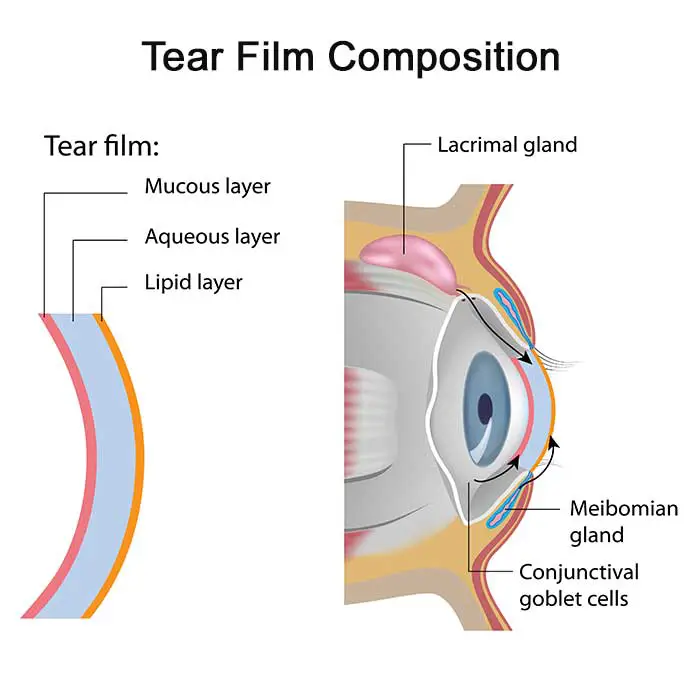
Healthy Eye vs. Dry Eye
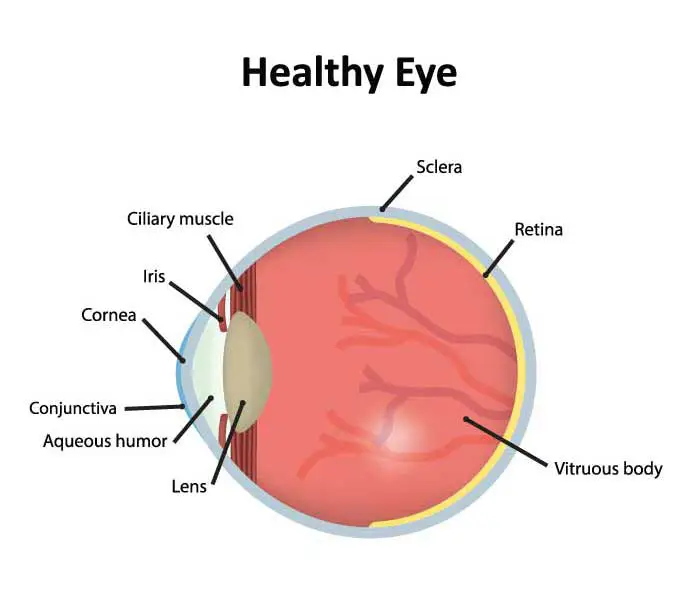
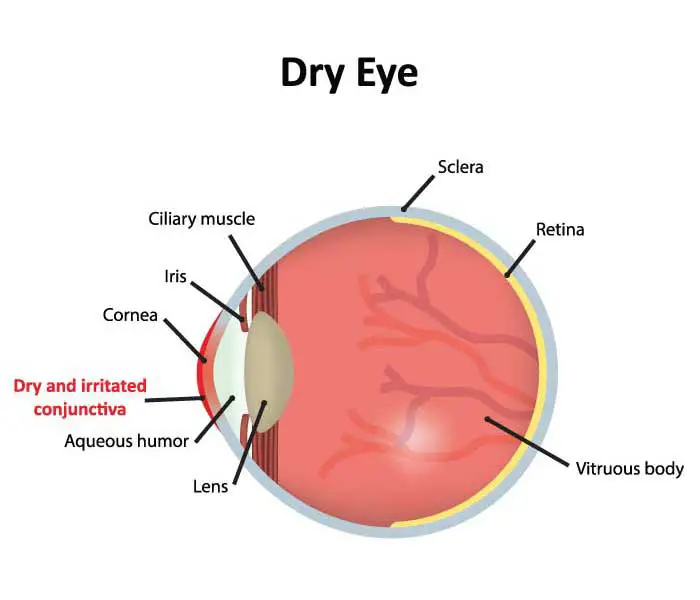
Diagnosing Dry Eye.
Dry Eyes: Traditional Diagnostic Tests
During a comprehensive eye exam, our optometrists would discover your dry eye symptoms. There are several traditional tests that can be used to assess your dry eye. These include the use of a paper strip that measures the volume of tears produced, the application of fluorescent dye to the surface of the eye to assess whether dry spots are present or how quickly they appear following blinking.
These traditional tests are useful, but are qualitative in nature and can sometimes make patients uncomfortable. That is the reason why eye-deology Vision Care invested in modern technologies that enable our optometrist to non-invasively and quantitatively diagnose dry severity and cause(s).
Schedule A Dry Eye Exam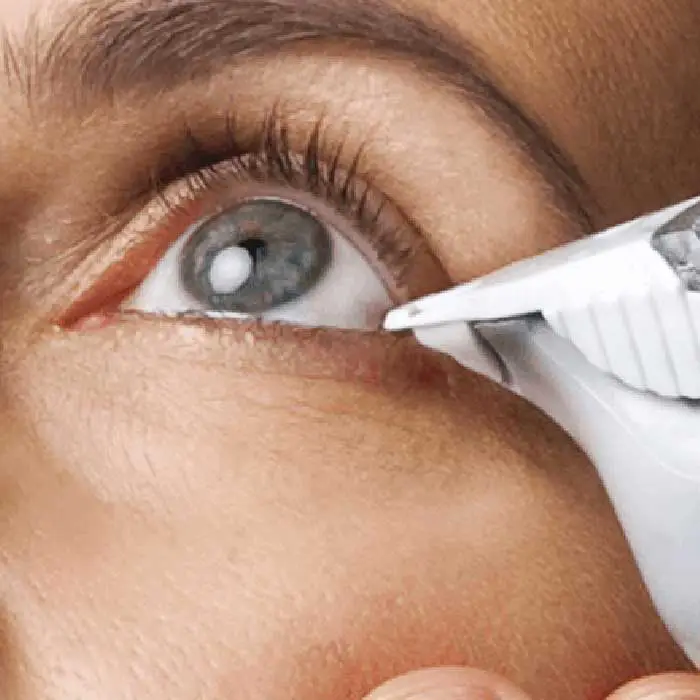
Modern Dry Eye Treatment in Edmonton.
Dry Eyes: Advanced Diagnostic Tests & Scans
eye-deology Vision Care optometrists use a corneal topographer and keratographer that enables them to examine the eye and determine the cause of dry eye symptoms:
- Meibomian Glands. The dysfunction of meibomian glands is the most frequent cause of dry eye. Morphological changes in the gland tissue are made visible and can be classified.
- Non-Invasive Tear Film Break-Up Time. A non-invasive scan that measures and maps tear film breakup across the surface of the eye.
- Tear Meniscus Height. Precise tear meniscus height measurements along the edge of the bottom lid to assess tear production and tear film quality.
- Tear Film Dynamics. An observation of the tear film particle flow to determine tear film viscosity.
- Lipid Layer Amount & Health. The interference colours of the lipid layer and their structure are made visible and recorded. The thickness of the lipid layer is assessed based on the composition and colour.
- Redness. Evaluation of the bulbar and limbal degree of redness. The R-Scan detects the blood vessels in the conjunctiva and evaluates the degree of redness.
Edmonton Optometrists Treating Dry Eye.
Dry Eyes: Treatment And Relief
Dry eye is usually chronic, and it has no cure. However treatments to accomplish the following can minimize dry eye sypmptoms.
- Adding Tears. Artificial tears and treatment can assist in maintaining comfort and eye health. For more severe dry eye, gels and ointments can be used, especially at bedtime. New prescription medications are now available to help your body produce more tears.
- Saving Tears. In some cases, small plugs (i.e., punctual plugs) are inserted in the corner of the eyelids to slow drainage and loss of tears.
- Address Dry Eye Culprits. Treating an underlying systemic disease or changing the diet to include items such as fish or flaxseed oil with Omega-3 can also be helpful at times. Other treatments includes:
- Prescription eye drops
- Warm compresses
- Eyelid Massages
- Eyelid Cleaning
- Scleral Contact Lenses
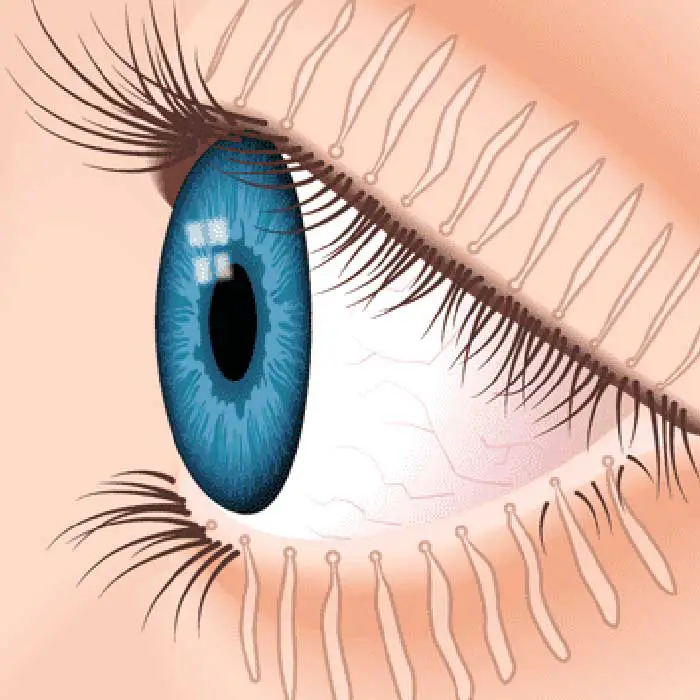
Dry Eye Relief Drops & Wipes
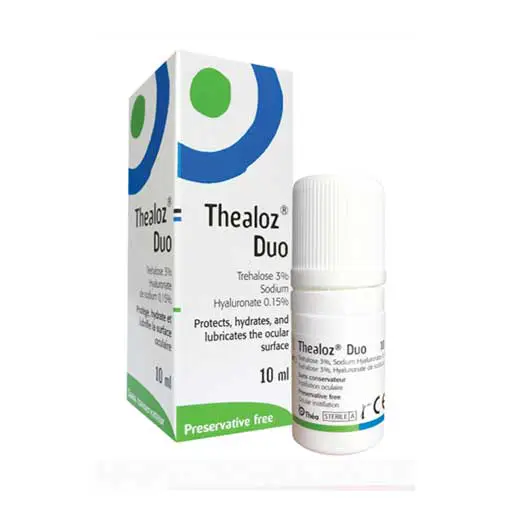
Thealoz Duo
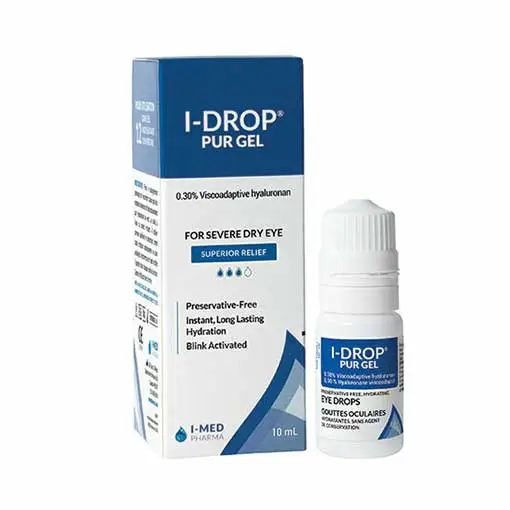
I-DROP PUR GEL
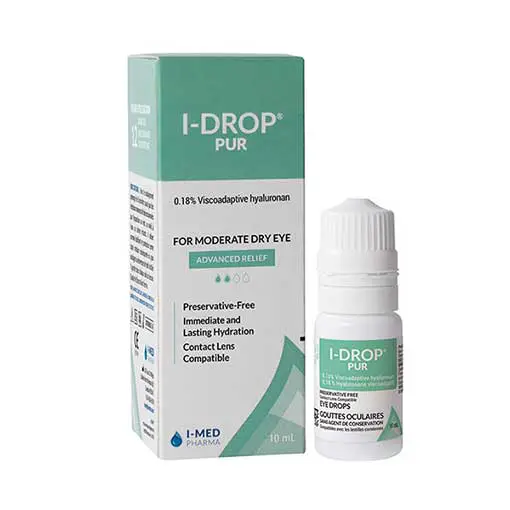
I-DROP PUR
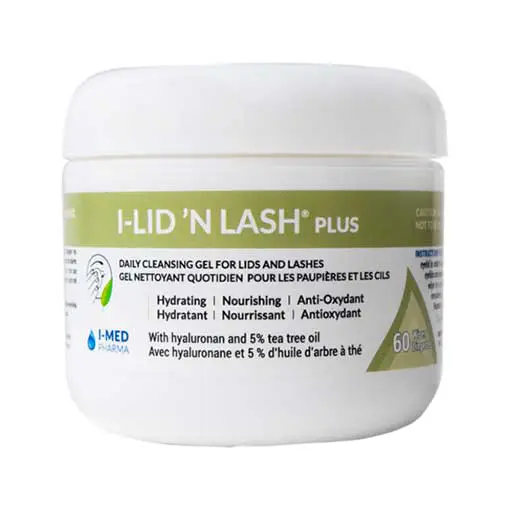
I-LID 'N-LASH PLUS
Eyewear That Minimize Dry Eye Symptoms
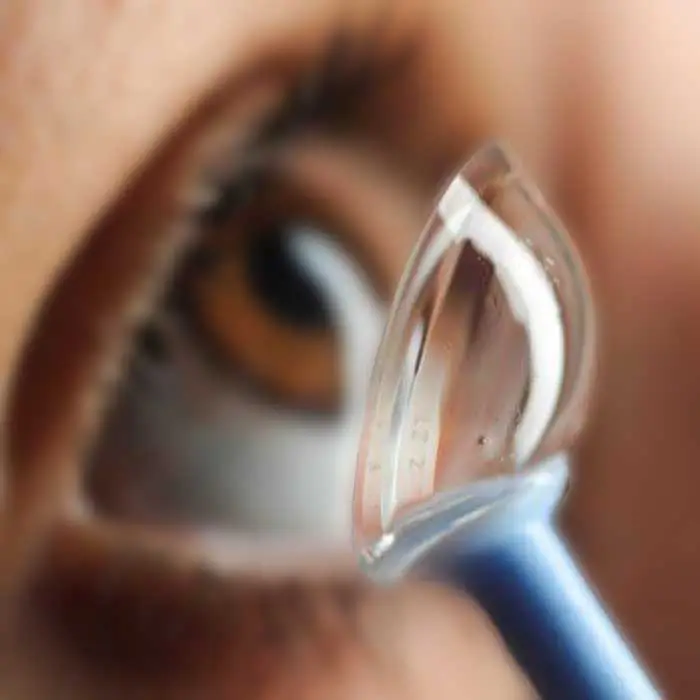
Scleral Contact Lenses
Featuring a tear reservoir, scleral contact lenses are popular solution to see relief from the dry eye symptoms of burning eyes, scratchiness, pain and redness.

Blue Light Glasses
Blue light glasses help maintain healthy sleep patterns and the proper blink frequency to keep your eyes moist and comfortable.

Sunglasses
Sunglasses that wrap to the curvature of your face protect the eyes from the sun, wind, and debris, keeping them fresh and healthy when enjoying the outdoors.
FYEyes Blog Posts
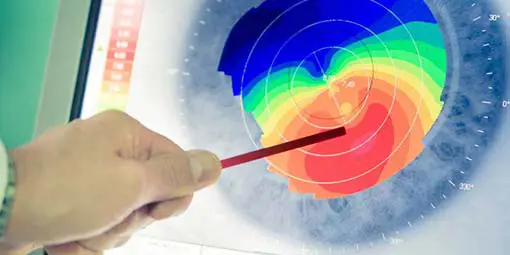
Custom Contact Lens Fitting
Optometrist-fitted contact lenses ensure comfort, eye health, and clear vision. Custom-eyes your vision today!
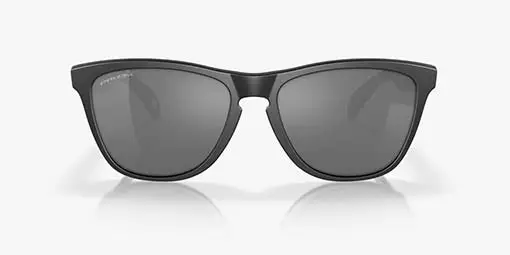
The Benefits of Wearing Sunglasses
The benefits of wearing sunglasses extend beyond offering protection from eye-damaging ultraviolet light.
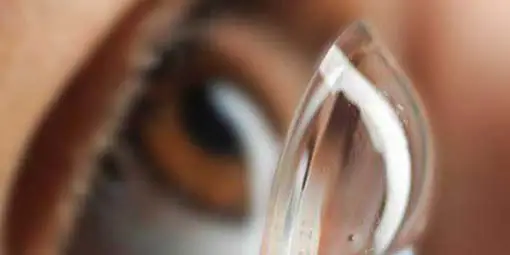
The Cost of Scleral Contacts
Scleral contacts can offer relief from dry eye symptoms and be fit to irregular corneas.
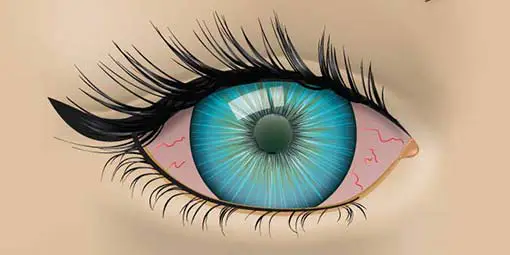
What is Dry Eye Syndrome?
Dry Eye Syndrome (DES) is an eye disease caused by either decreased tear production or increased tear film evaporation.
Dry Eye Questions
- Avoid using a hair dryer.
- Position HVAC and interior vehicle vents so that they do not blow directly at your eyes.
- Use a humidifier to maintain the humidity in your home/office.
- Protect your eyes from drying wind with wrap-around sunglasses
- Add Omega-3 fatty acids to your diet through the addition fish, flaxseeds, or supplements.
- Incorporate the 20-20-20 rule when using digital devices. Every 20 minutes look away from the device for 20 seconds at an object 20 feet away.
- Blue light glasses can help maintain the blink frequency needed to properly lubicate the eyes.
- Use preservative-free articial tears.
Our Edmonton Optometrists
Searching for an optometrist in Edmonton? Our experienced Edmonton eye doctors use advanced modern technologies and devote upwards of 500% more time towards providing personalized patient care than elsewhere so that they can see more and ensure that you may never see less. Position yourself to see the future with a visit to our eye clinic and Edmonton's best eye care!

Dr. Jennifer Ash, OD
Dr. Jennifer Ash is the Resident Optometrist at Eye-deology Vision Care. Dr. Ash provides patient care 5 days a week. Read more about Dr. Ash.

Dr. Ruhee Kurji, OD
Dr. Ruhee Kurji is an Associate Optometrist at Eye-deology Vision Care. Dr. Kurji provides patient care Tuesdays & Fridays. Read more about Dr. Kurji.

Dr. Jade McLachlin, OD
Dr. Jade McLachlin is an Associate Optometrist at Eye-deology Vision Care. Dr. McLachlin provides patient care 5 days a week. Read more about Dr. McLachlin.

Dr. Tania Mathews, OD
Dr. Tania Mathews is an Associate Optometrist at Eye-deology Vision Care. Dr. Mathews provides patient care 2 days a week. Read more about Dr. Mathews.
Learn Why Our Edmonton Optometrists Are The Best!



